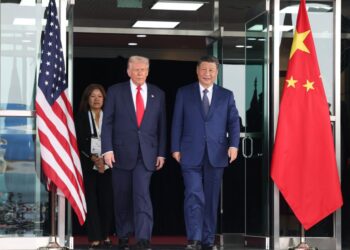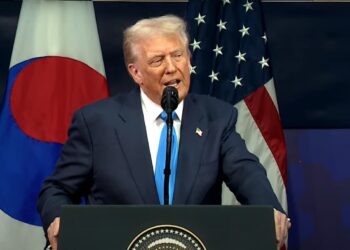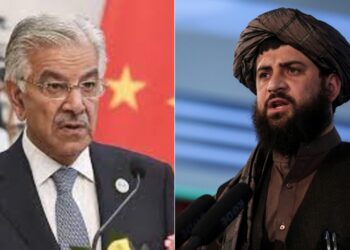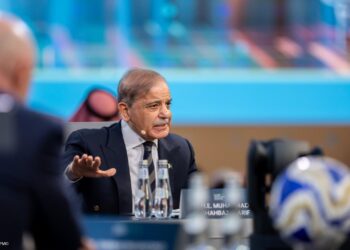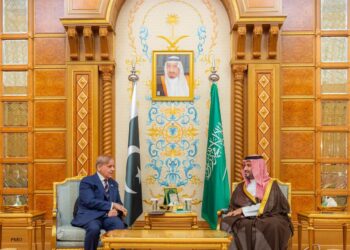Nehal Khan

Gyengju: Chinese President Xi Jinping and U.S. President Donald Trump agreed to a one-year truce in their escalating trade war during a high-stakes meeting on the sidelines of the Asia-Pacific Economic Cooperation (APEC) summit on Thursday — a deal that reflects both leaders’ domestic priorities and Xi’s renewed push for a more stable, multipolar economic order.
Trump announced a 10-point tariff cut, reducing duties on Chinese imports to 47 percent, in exchange for Beijing’s decision to delay export controls on rare earth minerals and resume large-scale soybean purchases from the United States. China also pledged to enhance cooperation on fentanyl control and energy imports from the U.S.
Xi described trade as “a ballast and propeller of U.S.-China relations,” urging both nations to focus on “the bigger picture and long-term benefits of cooperation” rather than “a vicious cycle of retaliation.”
Analysts said the agreement — while temporary — validates Xi’s pragmatic approach to economic diplomacy. Facing slowing domestic growth and Western containment in technology sectors, Xi has sought to recast China’s image as a stabilizing force in global trade, echoing themes he has advanced throughout APEC: inclusive globalization, de-risked cooperation, and Asia-led economic resilience.
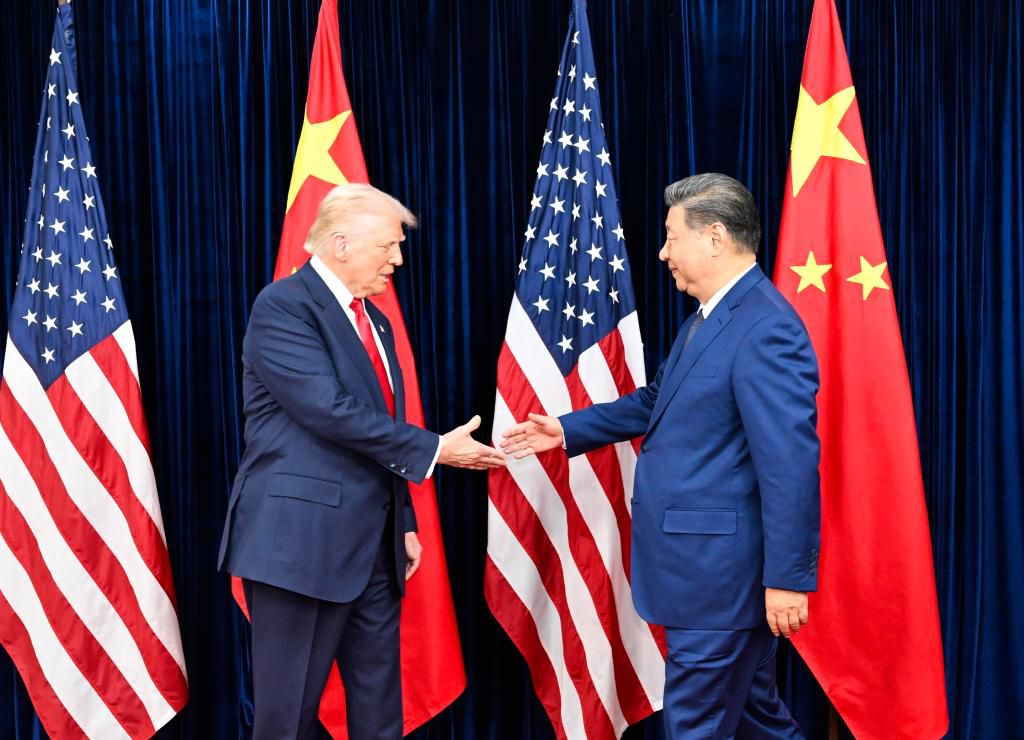
In Beijing’s official readout, Xi emphasized the need for both sides to cooperate on emerging technologies, public health, and migration, and to “properly manage differences” through dialogue rather than confrontation. The statement aligns with his broader APEC message promoting a “shared future for the Asia-Pacific community” through trade openness and digital connectivity.
While the U.S. framed the deal as a tactical win, Xi’s vision at APEC underscored China’s longer-term goal: maintaining influence over global supply chains while projecting itself as a responsible leader of globalization in an era of protectionist politics.
Markets across Asia reacted cautiously, with limited movement in Shanghai, Hong Kong, and Tokyo. Analysts noted that despite the temporary easing, most tariffs and export restrictions remain intact, keeping the broader decoupling trajectory between the two economies in place.
“The truce may be short-lived,” said Dennis Wilder, a former CIA China analyst. “But Xi has achieved what he wanted — to appear as the rational, steady hand guiding Asia’s recovery while the U.S. looks inward.”
The Xi–Trump encounter capped a tense APEC week, where Xi’s speeches consistently championed multilateralism, digital trade, and regional connectivity, reiterating his call to resist “economic fragmentation” and sustain Asia-Pacific integration amid geopolitical competition.

